In “Backyard Wilderness,” Nature Is Just Outside the Door
A new IMAX film blends nature documentary with old-fashioned storytelling
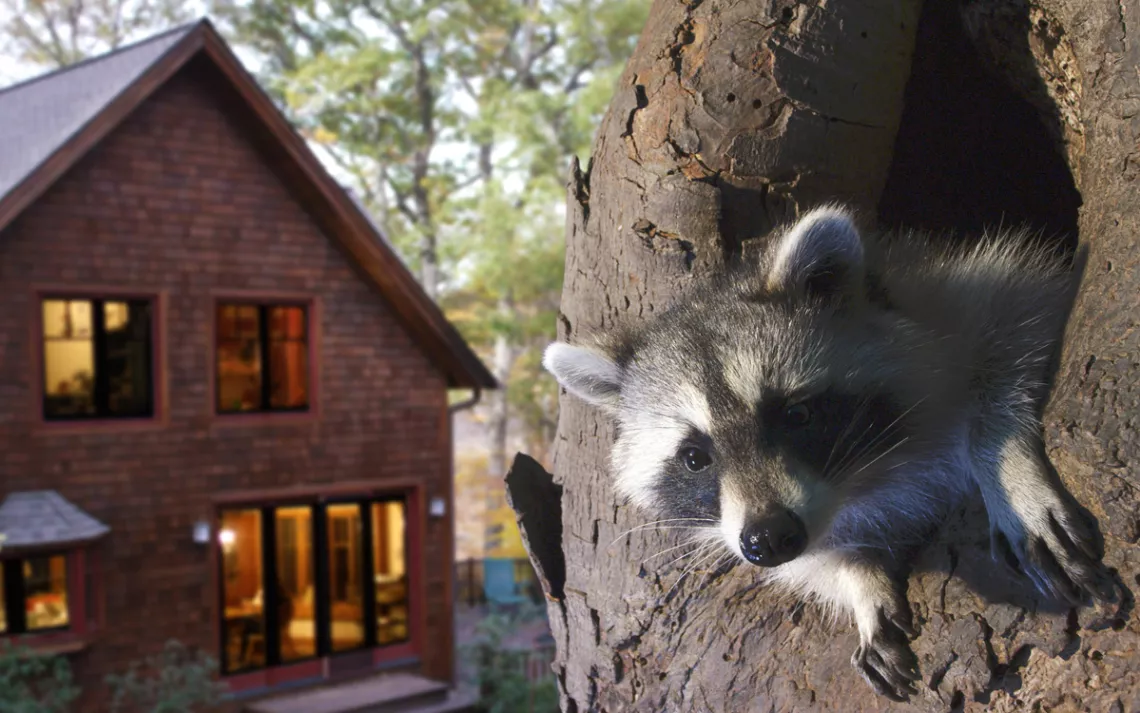
Photos courtesy of Archipelago Films
A field mouse scurries across the kitchen floor. Birds perch on tree branches just outside the house. Raccoons amble by the driveway, and frogs creep across the windows. The film Backyard Wilderness reminds us that wild animals are often close by—feeding, mating, hunting, taking care of their young—and sometimes in plain view, if we humans just take the time to notice.
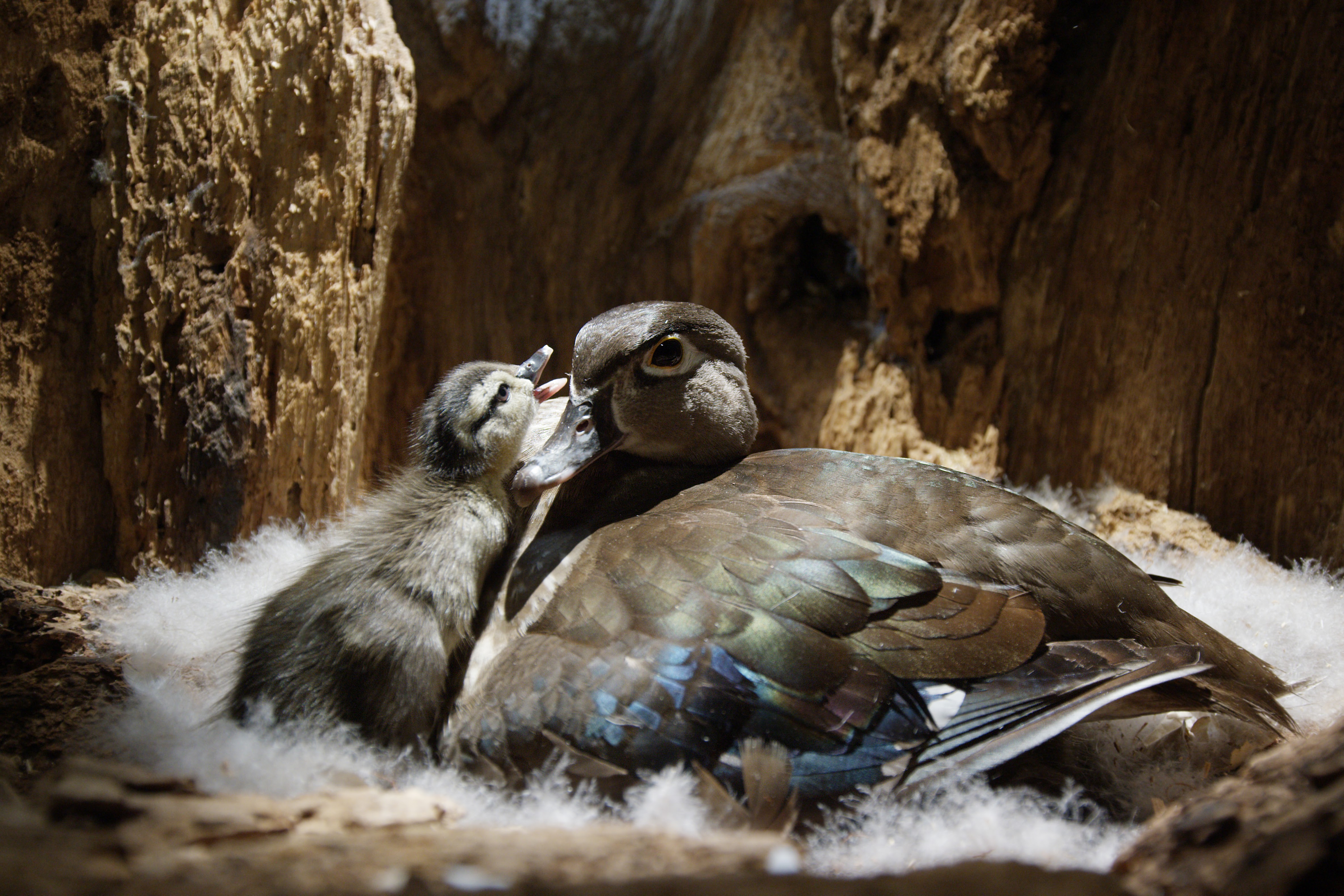 The film premiered this week at the Smithsonian Institute and will be showing throughout 2018 and beyond at IMAX theaters in museums and learning centers throughout the country. Filmmakers Susan Todd and Andrew Young shot the film over the course of three and a half years in and around their home in a sprawling, tree-filled suburb outside of New York City. The film’s narrator, a fictitious young adult named Katie, tells viewers, “Our towns and cities are built in the middle of a living woodland ecosystem.” Once heavily farmed, the area is now covered in second-growth forest that supports thriving populations of wildlife.
The film premiered this week at the Smithsonian Institute and will be showing throughout 2018 and beyond at IMAX theaters in museums and learning centers throughout the country. Filmmakers Susan Todd and Andrew Young shot the film over the course of three and a half years in and around their home in a sprawling, tree-filled suburb outside of New York City. The film’s narrator, a fictitious young adult named Katie, tells viewers, “Our towns and cities are built in the middle of a living woodland ecosystem.” Once heavily farmed, the area is now covered in second-growth forest that supports thriving populations of wildlife.
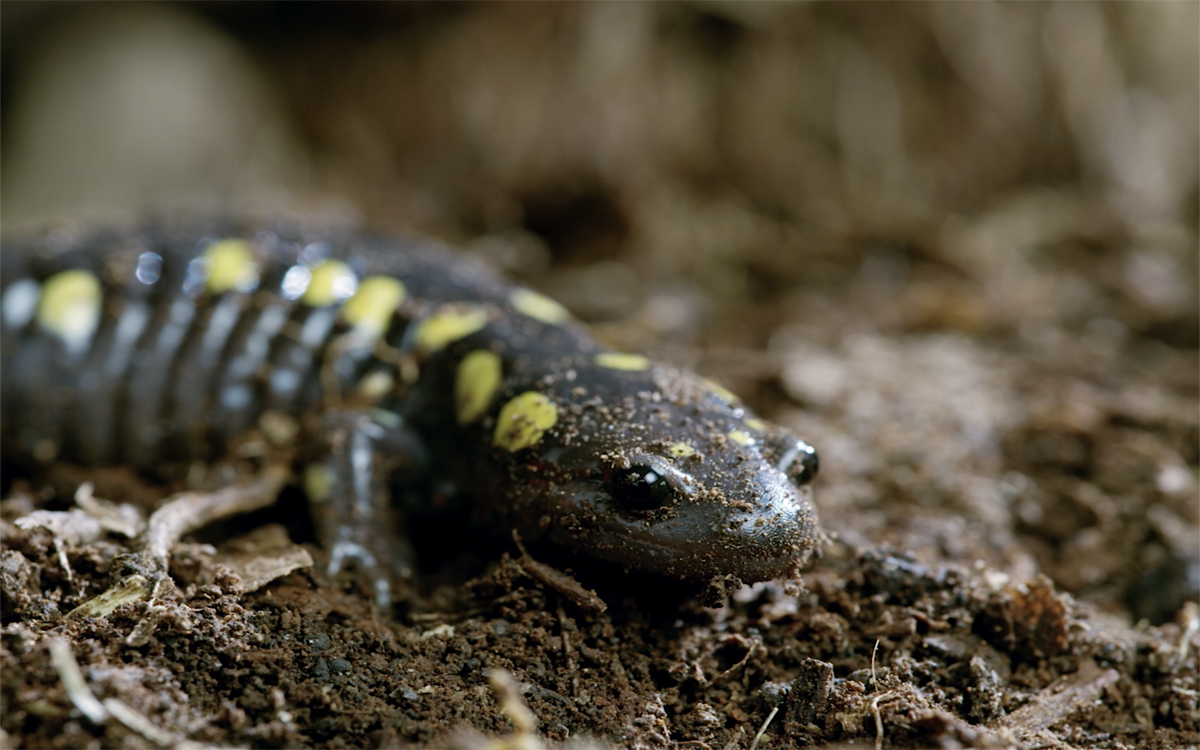 The film chronicles a younger version of Katie as she evolves from tech-absorbed tween to budding naturalist. Her point of entry into the natural world is a school assignment to pick an animal and report on its ecosystem. After seeing them crossing the road near her home one rainy evening, she chooses to write about spotted salamanders.
The film chronicles a younger version of Katie as she evolves from tech-absorbed tween to budding naturalist. Her point of entry into the natural world is a school assignment to pick an animal and report on its ecosystem. After seeing them crossing the road near her home one rainy evening, she chooses to write about spotted salamanders.
While Katie is composing her report indoors, viewers witness the world outside bursting to life after the long winter. Thanks to time-lapse photography, we see plants push up from the ground, leaves unfurl, and flowers blossom. Newly formed vernal pools teem with life.
As she gradually tunes into the world beyond her doorstep, Katie undergoes her own awakening. “I can’t believe I never really noticed nature’s drama going on all around me.”
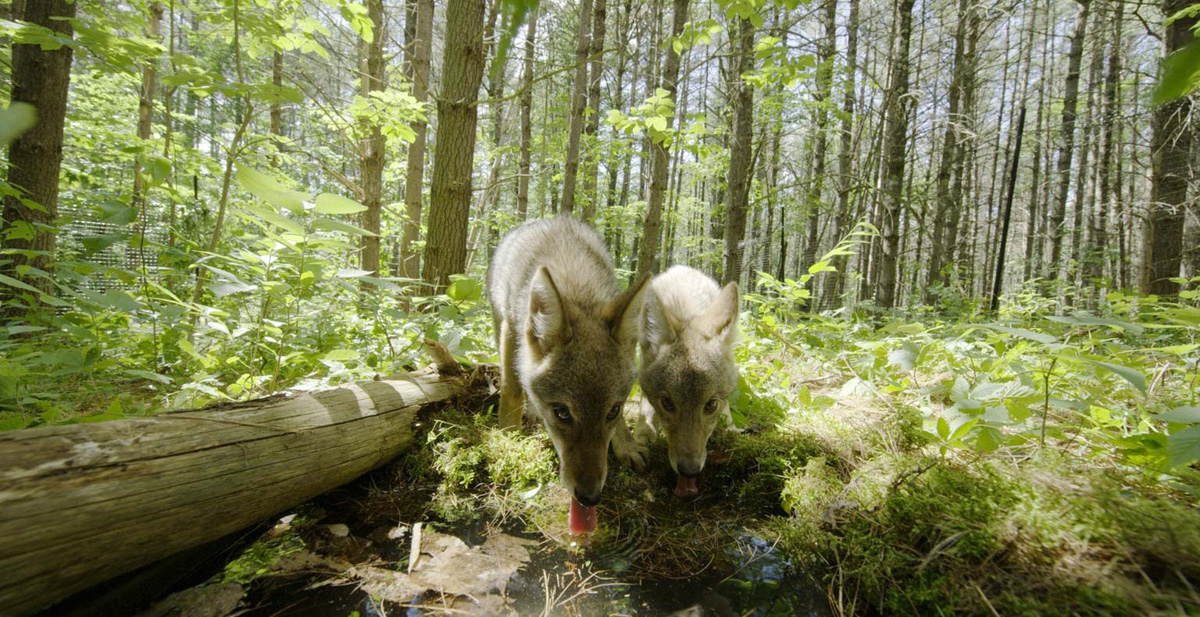 That drama takes center stage in the film, with Katie and her family mostly forming a backdrop to a central cast of animal characters. “We wanted to put the audience in the world of the animals,” Young says. Viewers watch at eye level as a raccoon mother grooms and nurses her newborn babes, coyotes stalk a family of deer, and ducklings take flight for the first time. This, along with the fact that the film is formatted for IMAX screens, makes for a uniquely immersive experience.
That drama takes center stage in the film, with Katie and her family mostly forming a backdrop to a central cast of animal characters. “We wanted to put the audience in the world of the animals,” Young says. Viewers watch at eye level as a raccoon mother grooms and nurses her newborn babes, coyotes stalk a family of deer, and ducklings take flight for the first time. This, along with the fact that the film is formatted for IMAX screens, makes for a uniquely immersive experience.
But the film is not just about the animals. It’s about the ecosystem on which they—and we—depend. Viewers see the seasons change; the vernal ponds, fed by snowmelt, enable new life and then dry up. Springtime buds feed the deer, which in turn feed the coyotes. Birds deliver a summer’s bounty of insects to their chicks. “This film is really about the interconnectedness of all the species and how they rely on each other,” Todd says.
Together, Todd and Young have shot nature films around the world, including Brazil, Madagascar, and Alaska. The idea for this project took root in between trips to these far-flung places. “We’d be relaxing at home and think, ‘How come no one is ever hiring us to film the amazing nature right here?’” Young says. “The way it’s treated on television, real nature only exists in faraway places, and that’s just not fair to kids.”
Both filmmakers grew up exploring the woods behind their houses—Young in New York and Todd in Ohio—but since they started raising their own kids (they have an 18-year-old son and a 12-year-old daughter), they’ve had to come to terms with just how much the wonder of nature now has to compete with the lure of technology.
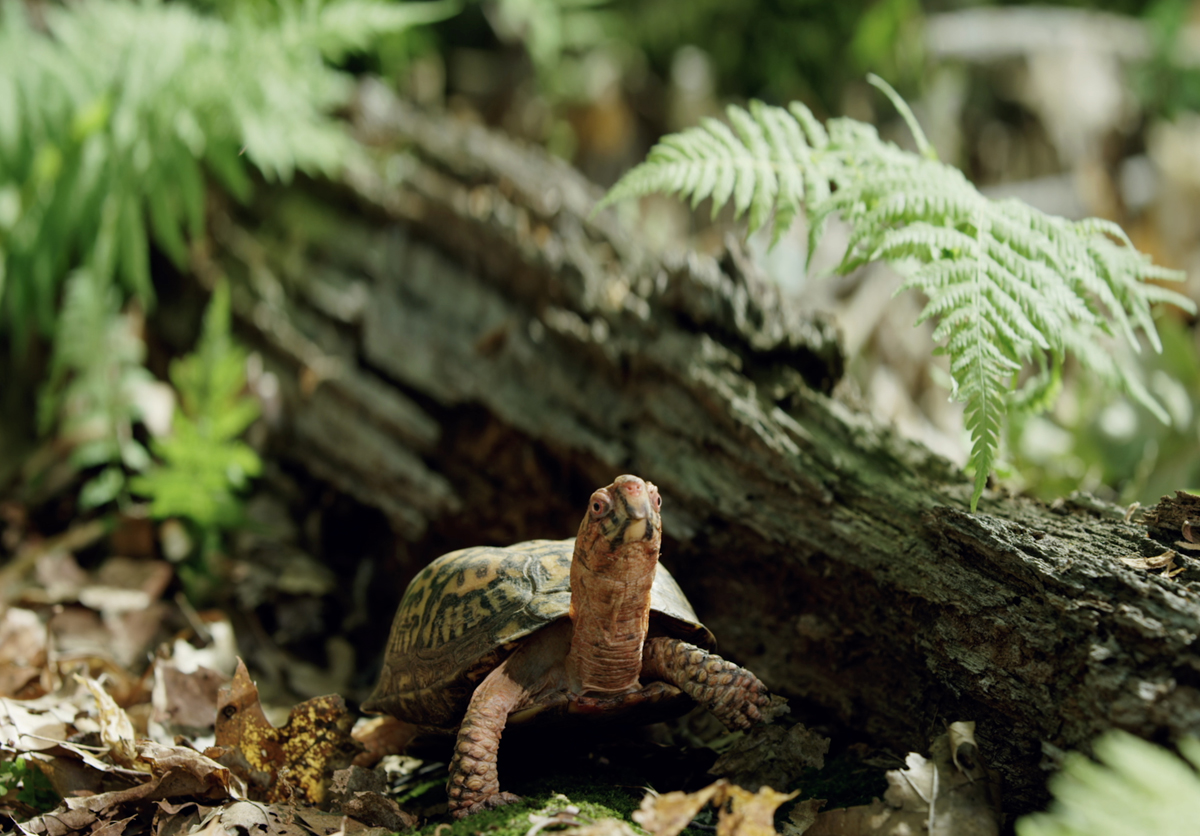 The film addresses the issue through Katie’s changing relationship with her gadgets. At first she’s buried in an iPad, often oblivious to nearby animal interactions, but by story’s end, she’s harnessing the power of social media to share her newfound passion for nature with others, excitedly uploading to Instagram photos she’s taken of neighborhood creatures. The message? There’s an appropriate way to use technology, one that can complement and even enhance our relationship to nature.
The film addresses the issue through Katie’s changing relationship with her gadgets. At first she’s buried in an iPad, often oblivious to nearby animal interactions, but by story’s end, she’s harnessing the power of social media to share her newfound passion for nature with others, excitedly uploading to Instagram photos she’s taken of neighborhood creatures. The message? There’s an appropriate way to use technology, one that can complement and even enhance our relationship to nature.
“We hope the film will inspire kids to go out into their own backyards and look around in a new way, whether it’s with their eyes, their phone, or apps like inaturalist,” Todd says.
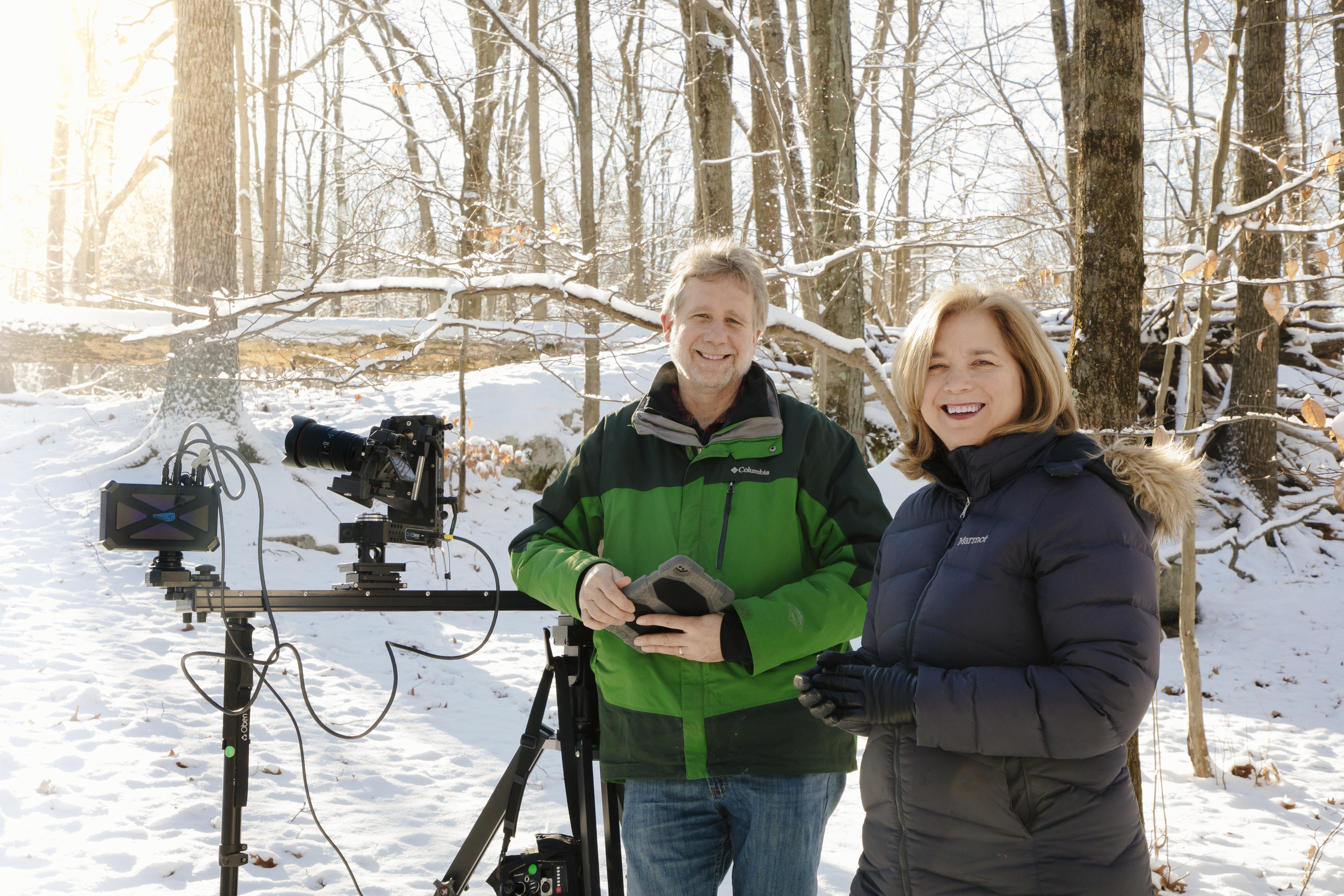 “We probably could have made 100 different films about all the terrible things that are happening environmentally in our neighborhoods,” Young says, “but we believe in the power of positive stories and the power of inspiration, so this is the approach we chose.”
“We probably could have made 100 different films about all the terrible things that are happening environmentally in our neighborhoods,” Young says, “but we believe in the power of positive stories and the power of inspiration, so this is the approach we chose.”
To find Backyard Wilderness at a theater near you, check backyardwildernessfilm.com/theaters. New dates and locations are added weekly.
 The Magazine of The Sierra Club
The Magazine of The Sierra Club



